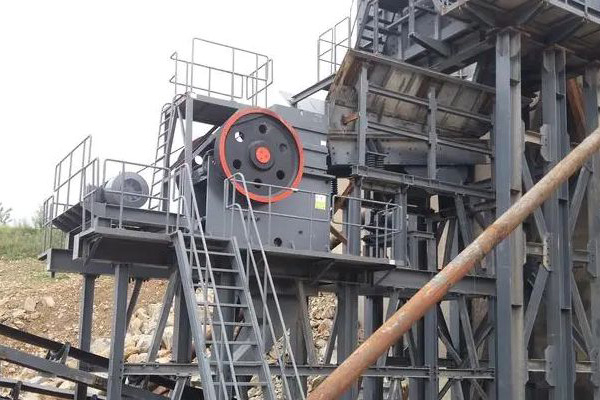Choosing the right limestone crusher is crucial for ensuring efficient, cost-effective, and high-quality production of crushed limestone. Several factors need to be considered when selecting a limestone crusher, depending on your specific application, production requirements, and operating conditions. Below is a comprehensive guide on how to choose the best limestone crusher for your needs.

Understand Your Crushing Requirements
The first step in choosing a limestone crusher is to clearly define the goals of your operation. Are you looking for primary or secondary crushing? What is the desired output size? What is the required capacity (tons per hour)? These questions will help you determine the type of crusher that best suits your needs. The most common types of crushers used for limestone crushing are jaw crushers, impact crushers, cone crushers, and hammer crushers.
- Primary Crushing: Jaw crushers are ideal for primary crushing. They can handle large rocks and break them down into smaller, manageable sizes.
- Secondary Crushing: Impact crushers and cone crushers are often used for secondary or tertiary crushing to achieve finer output and more uniform particle sizes.
- Specialized Crushing: If the limestone is hard and abrasive, a cone crusher might be more effective. For softer or less abrasive limestone, impact crushers or hammer crushers may be more cost-effective.
Capacity and Throughput
The capacity of a crusher is usually measured in tons per hour (TPH). It’s essential to choose a crusher that can handle your required production capacity while preventing overloading. Consider the maximum and average throughput based on your daily or monthly production goals. Selecting a crusher with a higher capacity than your actual requirement might lead to underperformance, while one with insufficient capacity can lead to inefficient operations and premature wear.
Feed Size and Output Size
Limestone can vary in size from fine powders to large, boulder-sized rocks. Choose a crusher that can handle the input material’s size and produce the required output size. Jaw crushers are great for handling large rocks, while impact crushers can achieve finer outputs. If you require a specific size or consistency, make sure the crusher offers adjustability to meet these needs. Different crushers also have different advantages when it comes to output size distribution, so make sure you assess this carefully.
Type of Crusher
- Jaw Crushers: These are suitable for coarse crushing and are commonly used as primary crushers in limestone quarries. They can handle large volumes of material and produce rough, unevenly sized output.
- Impact Crushers: Ideal for secondary or tertiary crushing, impact crushers are effective in breaking down materials into finer sizes and are widely used for producing crushed stone for aggregate production.
- Cone Crushers: These are ideal for secondary and fine crushing applications. Cone crushers provide high reduction ratios and are effective for producing high-quality aggregate.
- Hammer Crushers: Used primarily for softer, less abrasive materials, hammer crushers work by impacting the material at high speeds and are often used for producing sand or crushed limestone with a fine particle size.
Material Composition
Limestone is composed of calcium carbonate (CaCO3) and is often mixed with clay, sand, and other minerals. It is important to consider the hardness, abrasiveness, and chemical composition of the limestone you are processing. Harder limestone requires a more robust crusher. If your limestone contains significant amounts of clay or mud, you might also need to factor in the need for additional washing or separation equipment.
Energy Consumption and Maintenance
Energy efficiency is an important consideration in the long-term operational cost of a limestone crusher. Choose a crusher with a low energy consumption rate and high throughput. Additionally, consider the ease of maintenance, as crushers will need regular inspection, lubrication, and wear part replacement. A machine that requires minimal downtime and maintenance will help optimize production and reduce operational costs over time.
Cost Considerations
The initial purchase price of the limestone crusher is an essential consideration, but you should also factor in operational and maintenance costs. This includes power consumption, parts replacement, and servicing. While some crushers may have a higher initial cost, they may offer better efficiency and lower maintenance costs over the long term.
Manufacturer and Support
Choose a reputable manufacturer that offers strong customer support, including spare parts, maintenance services, and technical assistance. A good warranty and after-sales service are crucial for minimizing downtime and extending the life of your equipment.
Conclusion
Selecting the right limestone crusher involves carefully assessing your production requirements, the type of limestone you’re processing, and your budget constraints. By considering factors such as capacity, feed size, output size, energy efficiency, and ease of maintenance, you can choose a crusher that meets your operational needs while maximizing efficiency and minimizing costs.
